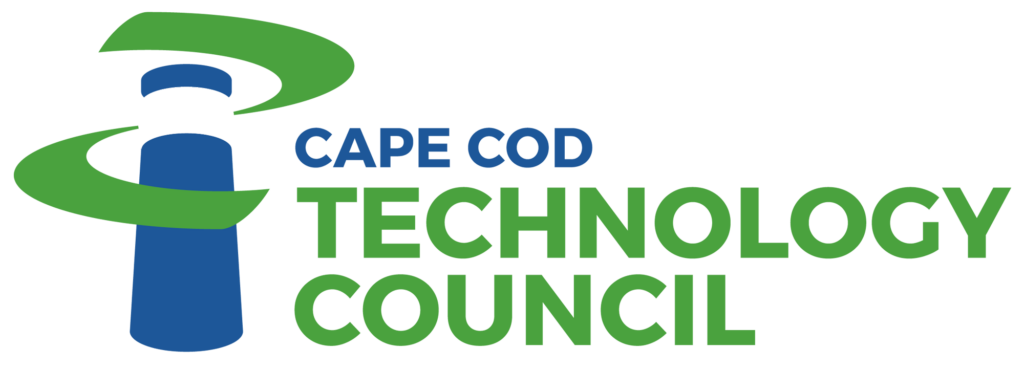The Infrastructure Committee meeting in November was a brain storming session about utilities relative to development, thanks to a visit from Heather Harper of the Cape Cod Commission.
Heather is working with the Town of Barnstable to reauthorize the Hyannis Growth Incentive Zone – a development tool to streamline the regulatory process and direct opportunities towards Downtown Hyannis. To do this, she is gathering information related to infrastructure. She has finished water, waste water, and community housing maps and is now working on utilities
The Growth Incentive Zone is a new way of looking at activity centers across the Cape. In terms of regional growth, she said, one of the objectives is recognizing where the Commission can step away. Through this process, if the town meets certain standards the Commission does not need to be involved as a regulatory agent.
Hyannis is the largest, but there are over a dozen activity centers on the Cape, as well as aspirational activity centers where increased growth is desired. Heather is compiling utility maps that show where there are dead zones. The belief is that utilities are not an economic barrier, but they need maps to see if there is a correlation property value and utility coverage.
Areas under discussion are the downtown historic area, and redevelopment of the industrial park as a lifestyle plaza which would include housing. Heather said she sees access to utilities supporting the growth, or prohibiting it.
She’s hoping mapping service gaps will make the connection between utilities and development/property value more apparent.
The Tech Council had created a map of broadband service with the Cape Cod Commission, which was kept updated until 9/11 – after which the information was made unavailable. At the meeting she was given information on the Open Cape network, and contacts to piece together other utilities including solar and cell coverage.
The committee also referenced success stories elsewhere in the country, where regulatory changes stimulate growth. (see intelligentcommunity.org)
“We want to lead the town into a more holistic conversation about economic development,” Heather said.
When they look at neighborhoods there are social, environmental, and utility factors to consider. They are hoping to connect those dots – if the dots exist. A map of current utilities would be a resource, so planners can see where the build out needs to be. Affordable developments are not affordable if the utilities are not up to speed.
“We are putting large projects up where infrastructure does not exist,” she said.
The committee has asked Heather to come back for a follow-up discussion on land use.
